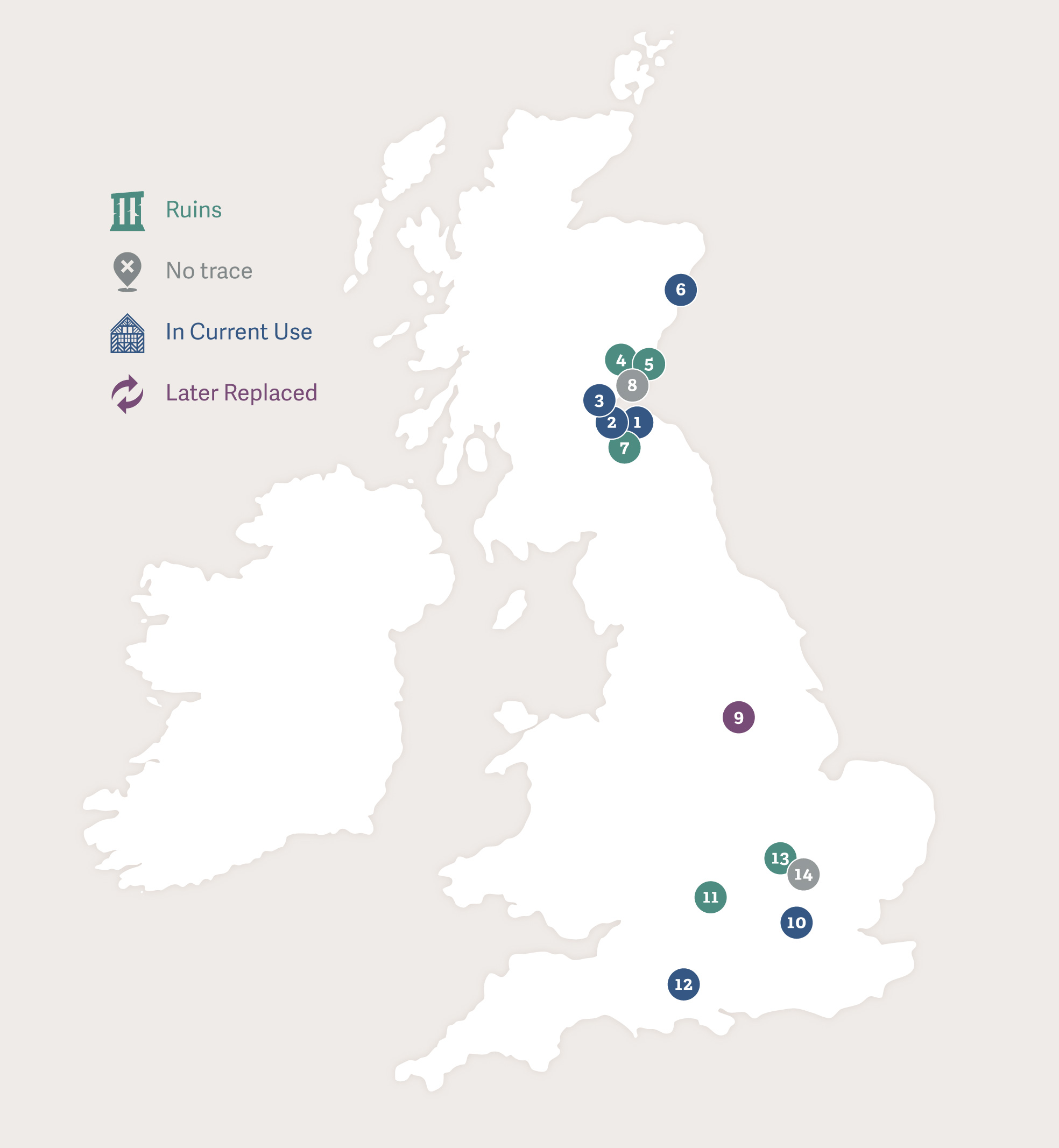James VI & I: Travels in Two Kingdoms
James travelled extensively around the lowlands and eastern Scotland and even went to Denmark to rescue his ship-wrecked bride. Once in England, he undertook the usual royal progresses, which became an increasing financial burden on his subjects.
The numbers against the places correspond to those on the map here and at the end of this article.
One of the events which had the greatest influence on James’ life occurred before he was born in the Palace of Holyroodhouse, Edinburgh (1). His mother, Mary, Queen of Scots, heavily pregnant with James, was held immobile by her husband, Henry, Lord Darnley (also known as Henry, King of Scots) whilst her secretary, David Riccio, was assassinated in the next room. This incident would have a profound effect on the politics of Scotland, and James’ own life. Today, the Palace of Holyroodhouse is the official home of the monarch as Queen of Scots. The chamber where Riccio was murdered can still be seen, along with treasures such as the Lennox Jewel, which James’ grandmother, Lady Margaret Douglas, commissioned.
Queen Mary, ever resourceful, evaded the plotters, and persuading her husband to betray them, fled the capital for safety at Dunbar. She returned to give birth to James in the safety of Edinburgh Castle (2). The castle still stands today, towering over the city of Edinburgh, and home to the Honours of Scotland (the Crown, Sceptre and Sword) with which James was crowned at the age of thirteen months. The coronation took place, not in Edinburgh, but in the more easily protected Stirling (3), whither James had been taken soon after his birth, and entrusted to the care of the Earl of Mar. Whilst his coronation took place in the Church of the Holy Rood in the town, James himself was brought up in the castle.
Set high above the surrounding countryside, Stirling’s strategic importance was appreciated for centuries – control of Stirling generally led to control of the country. From its windows, James would have been able to see the battlefield of Bannockburn, where Robert the Bruce had defeated Edward II of England, and also the field of Sauchieburn where his great-great grandfather, James III, had been defeated, and replaced with James IV. It would also become the site of some personal distress as the location for the assassination of his grandfather, the Regent Lennox, and of his friend, the nephew of his guardian, the Earl of Mar.
Stirling is well worth visiting. In the care of Historic Environment Scotland, it is full of interest – in particular, the redecoration of the royal apartments to show how they looked during the time of James’ grandparents, James V and Marie of Guise.
By the time James was fourteen, he was endeavouring to govern himself, but his reliance on his paternal cousin, Esme Stuart, Duke of Lennox, led to grumblings amongst his nobles. The Ruthven family, under the leadership of the Earl of Gowrie, abducted the young King and held him captive at Ruthven Castle (4) on the outskirts of Perth.
Ruthven is now known as Huntingtower Castle. It is in the care of Historic Environment Scotland, and is open to visitors.
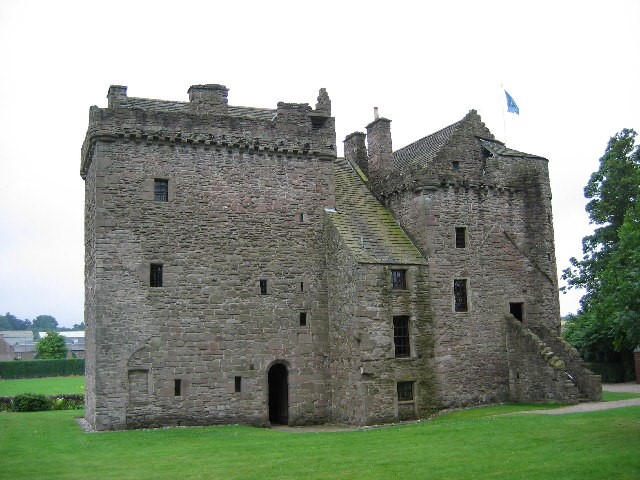
James escaped from the Ruthvens by calling a conference of his other nobles at St Andrew’s in Fife (5). He proclaimed his majority, and agreed to forgive and forget the past, and act as a just King over all his people. St Andrew’s was the seat of the Archbishop of St Andrew’s, the Primate of Scotland. The Cathedral had been sacked by a Protestant mob in 1559 but was still an important royal burgh.
Today, St Andrew’s is a famous university town, with the ruins of the Cathedral making an imposing backdrop to the city. It is also the location of the St Andrew’s Royal and Ancient Golf Club, which still regulates the game.
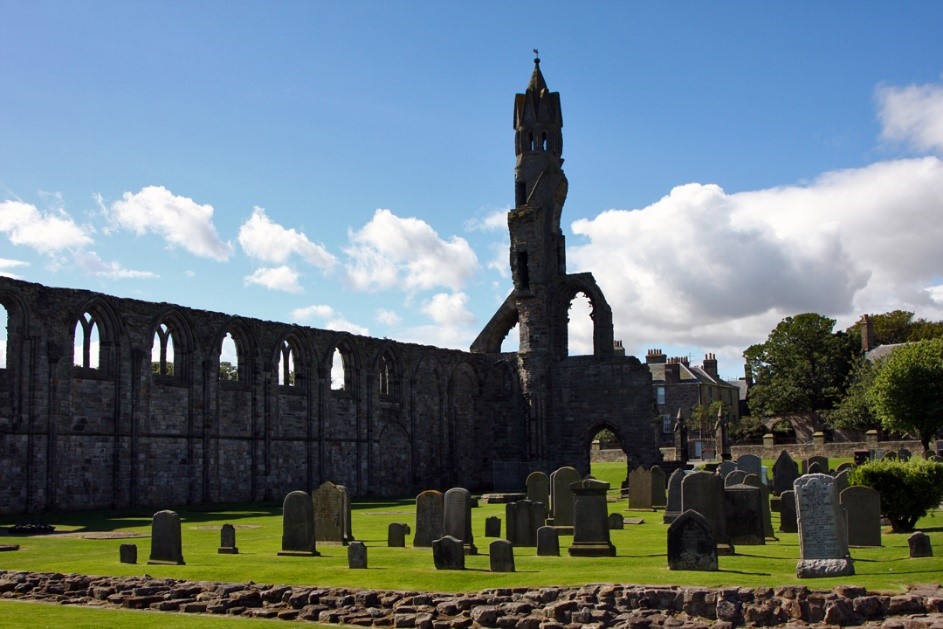
Over the following years, James attempted to control the country, but there were frequent rebellions, feuds between nobles for both religious and political reasons, and attempts to abduct, or even assassinate the King. Following a particularly flagrant piece of disobedience by the Earl of Huntly, who had been one of James’ closest friends, even the normally unwarlike James felt constrained to take military action. In 1588, he raised an army to march on Huntly’s power base in Aberdeen (6).
Finally in command, James, now twenty-three, sought a wife. After much discussion, Anne, a Princess of Denmark was selected, and following a proxy marriage, she set sail for her new home. Unfortunately, severe storms repeatedly drove her fleet back into port. James, desperate for news of his bride, retreated to Craigmillar Castle (7) on the outskirts of Edinburgh to await her arrival. Eventually, when word came that she had had to take refuge in Oslo, he set out to fetch her himself. Craigmillar is an excellent example of a late mediaeval Scottish castle – it was here that the Craigmillar Bond was signed – the bond agreed by Mary’s lords that formed the backdrop to the murder of Darnley – possibly with Mary’s knowledge.
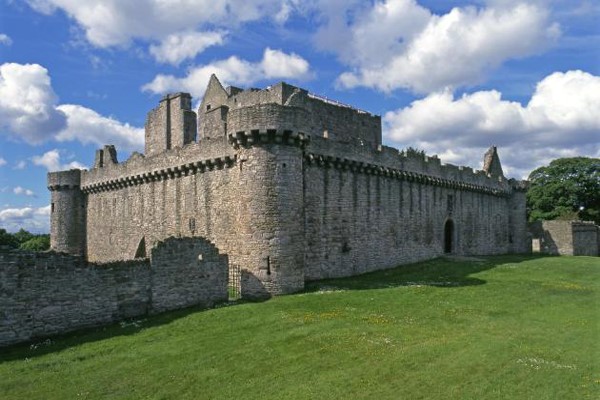
Despite Huntly’s apparent defeat and disgrace, he was soon back in favour, and before long involved in one of the most notorious assassinations of the age. He and the Earl of Moray (son-in-law of the Regent Moray) had been feuding for years. James, convinced that he could reconcile them (or possibly party to a plot) arranged for the two Earls to meet at Donibristle (or Dunibirsle) castle (8), which was located in the lands disputed between the two Earls. Huntly set fire to the castle with his enemy inside. When Moray managed to escape, he was followed to the beach and killed by Huntly in person. The remains of the castle are now incorporated into the eighteenth century Dunibirsle House at Dalgety Bay. The property is in divided into residential flats.
By the end of the century, James had Scotland more or less pacified, and obedient to royal command. The relative state of peace and prosperity enabled him to leave Scotland in 1603 when he inherited the throne of England.
On receiving the news that he had been proclaimed King by Elizabeth’s former Privy Councillors, James set out from Edinburgh on a slow and elaborate progress south, stopping frequently en route. One of his longest stops was at Worksop Manor (9), a sumptuous mansion owned by the Earl of Shrewsbury. The Earl was nervous, as he had been the chief gaoler of James’ mother, Mary, Queen of Scots, and his wife’s granddaughter, Lady Arbella Stuart, was James’ chief rival for the succession. Worksop was the first of the great Elizabethan Prodigy Houses that James saw, and he was amazed, and delighted, at the wealth, as he perceived it, of his new kingdom. The house was probably designed by Robert Smythson, who had worked on Longleat, and also Burghley.
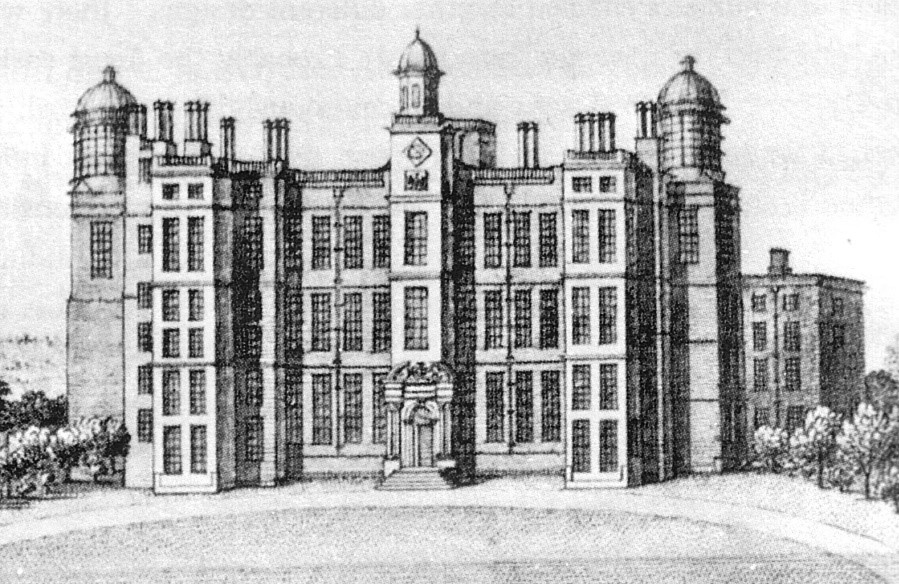
No expense was spared by Shrewsbury, who sent out messages to all his neighbours, asking them to contribute provisions. There is a record in Ben Johnson’s account of his trip through England in 1618, that during James’ visit, part of the floor had fallen down in the Great Chamber (possibly meaning the upper floor, so the chamber’s ceiling). However, the incident cannot have been particularly noteworthy, as there is no other known mention of it. In 1701 the house was renovated, but all trace of the Elizabethan house disappeared following a fire in 1767. The estate, which was sold several times, is in private hands.
When James eventually reached London, he would have seen St Paul’s Cathedral (10). It was at St Paul’s that the Privy Council would have had the Proclamation of his succession read out. The Cathedral was in a poor state of repair. In 1608, James urged the Bishop of London, Richard Bancroft, to repair it, but the church was impoverished following the Dissolution of the Monasteries which brought most of its former lands into private hands. Famously, St Paul’s was utterly destroyed by the Great Fire of 1666. The current structure, designed by Sir Christopher Wren, was completed during the reign of James’ great-granddaughter, Queen Anne.
James, like his predecessor, undertook a number of progresses, largely along the Thames Valley, to show himself to his subjects. This included visits to the city of Oxford (11) where James approved the foundation of Pembroke College in 1624. The College was named for James’ courtier, Sir William Herbert, 3 rd Earl of Pembroke. William’s brother, Philip Herbert, 1 st Earl of Montgomerie, was a great favourite of James, and their mother, Lady Mary Sidney, Countess of Pembroke, was another of his friends. The Countess was one of the most famous scholars of the whole Renaissance period, and one of the first women to achieve literary fame.
James visited the Pembrokes at Wilton House (12) in Salisbury, and the Countess arranged for The King’s Men, including Shakespeare to perform. Wilton, originally an Abbey, was granted to Sir William Herbert, 1 st Earl of Pembroke, the brother-in-law of Queen Katherine Parr. He built the house that James would have known, but it was demolished in 1630, and the current house, still the home of the Earls of Pembroke, replaced it. Wilton is open to the public.
The Countess of Pembroke was granted lands in Bedfordshire by James, where she built the delightful hunting box, Houghton House (13). She entertained the King there in 1621.

Of all of the mansions he saw in England, the one James most liked was Theobalds (14) in Hertfordshire. Built by Lord Burghley, and now owned by his second son, Sir Robert Cecil, Elizabeth had frequently visited it, and James was equally enamoured. It was here that he first received the formal allegiance of Elizabeth’s Privy Council, and here that he entertained his brother-in-law, Christian IV of Denmark, in 1606. In 1607, he persuaded Cecil to exchange it for Hatfield House. The house was demolished under Cromwell, and only a few traces remain. James died at Theobalds on 27 th March 1625.
During his life-time, James had made some changes in the Henry VII chapel in Westminster Abbey, where he was to be buried. He moved the body of Elizabeth to the tomb of Mary I, brought his mother’s remains from Peterborough Cathedral, and greatly enhanced the tomb of his grandmother, Lady Margaret Douglas, Countess of Lennox. He also commissioned elaborate tombs for his two daughters, Mary and Sophia, who died young. Prince Henry Frederick, although buried in the chapel has no monument – he shares a tomb with his sister, Elizabeth, Queen of Bohemia (grandmother of the eventual heir to the Stuarts, George of Hanover). James himself was buried in the vault of Henry VII and Elizabeth of York. Anne of Denmark is also buried in the chapel, but does not share her husband’s grave.
Listen to our interview with Renaissance English History Podcast on James VI & I here
The map below shows the location of the places associated with James VI & I discussed in this article.
